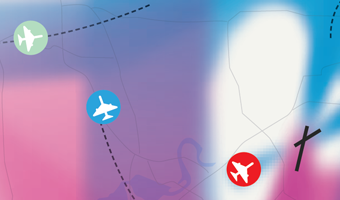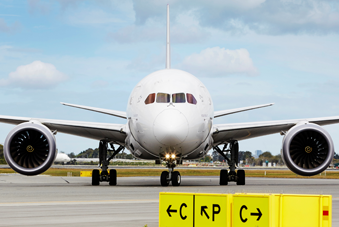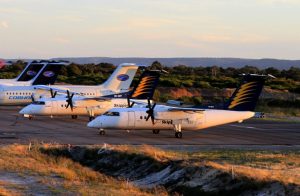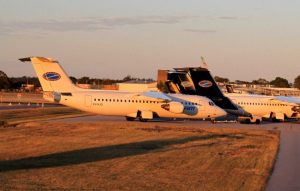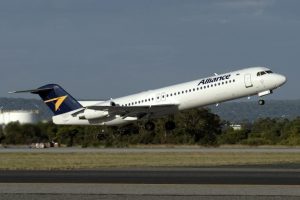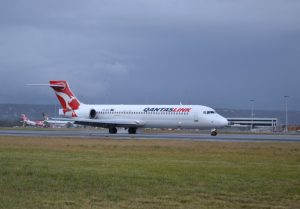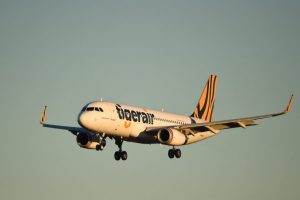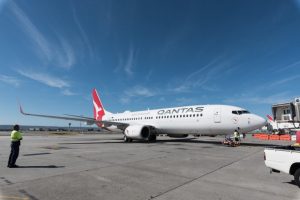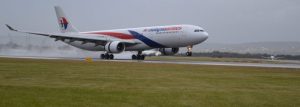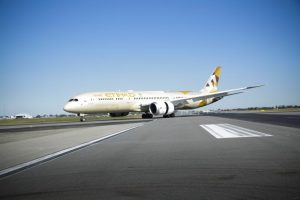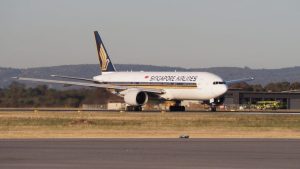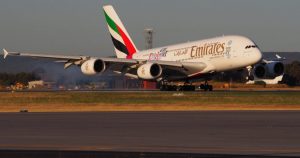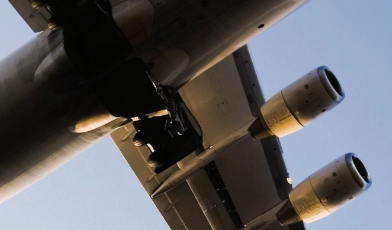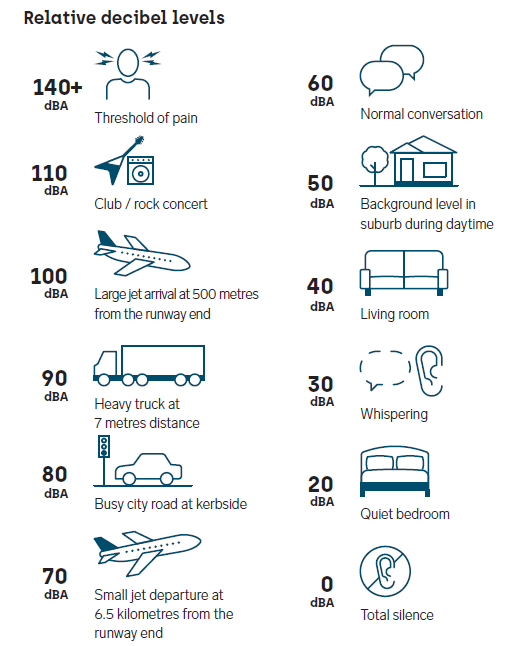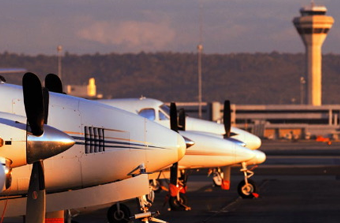Flight paths
Flight paths can be considered ‘highways in the sky’. They define three-dimensional routes or corridors that aircraft use to arrive or depart from an airport. Flight paths are often shown as a single line on a map, however, unlike a train on a railway line or a car on a highway, it is not always possible for aircraft to follow precisely along the line depicted. In practice, a flight path can vary up to several kilometres or more. This occurs for a range of reasons, including:
- weather conditions,
- requirement to keep a safe distance between aircraft in the sky, and
- pilot and aircraft performance.
Variations in aircraft tracking within the corridor can lead to the perception, when viewed from the ground, that aircraft are flying on the ‘wrong’ or a ‘new’ flight path, which is rarely the case. Over time, as navigation technology has improved, these corridors have generally been getting smaller.
Every runway at Perth Airport has a number of flight paths which are used depending on:
- type of aircraft,
- volume of traffic,
- type of navigation aid being used, and
- current weather conditions.
All flights paths are developed and implemented by Airservices as the national operator of civilian airspace management across Australia. The airspace operated by Airservices however is approved and regulated by the Office of Airspace Regulation, which is part of the Commonwealth Civil Aviation Safety Authority (CASA). In developing flight paths, consistent with International standards, Airservices takes into account:
- safety and minimising the risk of aircraft conflicting in the sky,
- minimising air track miles,
- fuel consumption and associated carbon impact, and
- noise impact on urban areas.
In developing the flight paths, Airservices will determine additional options to maintain and have approval, through the Office of Airspace Regulation, as many routes as possible to provide appropriate operational flexibility.
Take-off and landing
For safety, aircraft must take-off and approach into the wind as much as possible. This assists the aircraft with producing lift, provides more control and reduces the amount of runway required. Therefore, the wind direction generally dictates which runways are used at Perth Airport.
Approaching the runway
For safety, it is important that the manner in which pilots approach a runway is similar around the world. Arriving aircraft will generally approach a runway in a relatively straight line from around three to four kilometres from the runway end and at a three-degree angle. This three-degree ‘glide path’ follows a line that descends about 100m every two kilometres.
Residential areas under these approaches will also be under the flight path of aircraft taking off. There are no alternatives to this.
For further information click here.
